Not all coffee is created equal. In addition to altitude, varietal purity, and harvest time, one factor in particular determines the aroma and quality of each bean: the processing method . In Peru—one of the most diverse coffee-growing regions in the world—several methods are traditionally used. But which is the best? And why do we at ALTOMAYO consistently use washed processing?
What does "coffee processing" actually mean?
Preparation is the process by which freshly harvested coffee cherries are separated from their pulp and the beans are prepared for drying. This step is crucial—it lays the foundation for flavor, purity, and quality.
Different methods are used depending on the region, climate, water availability, and desired taste. In Peru, three classic processes dominate:
The three main methods of coffee processing in Peru
1. Natural / Dry processing
In this method, the coffee cherries are dried unopened in the sun. The pulp remains on the bean until it is completely dehydrated.
Advantages:
-
Low water consumption
-
Strong, often fruity aroma
Disadvantages:
-
Higher risk of fermentation errors
-
Difficult to control process
-
Irregular drying in high humidity (as in parts of Peru)
Typical taste: Sweet, berry-like, sometimes wine-like
2. Honey / Semi-dry processing
Here, the cherry pulp is removed, but some of the pulp is left on the bean. The beans dry with a residue of fruit pulp (mucilage).
Advantages:
-
Complex aromas, balanced between fruitiness and clarity
-
Less water requirement than with “Washed”
Disadvantages:
-
Higher maintenance effort during drying
-
Inconsistent results when the weather changes
Typical taste: Honey-sweet, slightly fruity, soft in the body
3. Washed processing (ALTOMAYO standard)
With the washed method, the pulp is mechanically removed immediately after harvest . The beans are then placed in a water bath for fermentation for 12–36 hours. This dissolves any remaining mucilage before the beans are washed and dried in the sun.
Advantages:
-
Very clean, precise cup profile
-
Controlled process , low error rate
-
Ideal for organic coffee with high quality standards
Disadvantages:
-
Higher water consumption
-
Requires fermentation know-how
Typical taste: Clear, balanced, elegant – often with floral or citrus notes
Why we at ALTOMAYO rely on "Washed Coffee"
Our highland beans come from over 1,200 meters above sea level in the Peruvian Andes—an ideal climate for slow-ripening, aromatically dense Arabica beans. To ensure this potential is not lost, we deliberately use washed processing :
-
✔️ Transparent aromas : fruit, acidity, sweetness – everything comes across clearly and differentiated.
-
✔️ High reproducibility : Thanks to controlled fermentation and drying, consistently high quality is achieved.
-
✔️ Perfect for our organic certification : The careful separation and cleaning meets the highest ecological standards.
-
✔️ Ideal basis for gentle long-term roasting : The washed bean develops particularly balanced flavors during the roasting process.
Conclusion: Quality begins with processing
Processing is far more than a technical intermediate step—it's a artisanal key to quality . By choosing the washed method, we preserve the natural character of our Peruvian highland beans while guaranteeing consistently high quality for our customers—whether in the office, at home, or in the restaurant industry.
☕️ Discover the difference for yourself – with the fine, clear taste of our ALTOMAYO organic coffee specialties .
Do you have questions about the origin or processing of our coffee?
📩 Feel free to write to us or sign up for our newsletter to learn more about sustainable coffee farming in Peru.

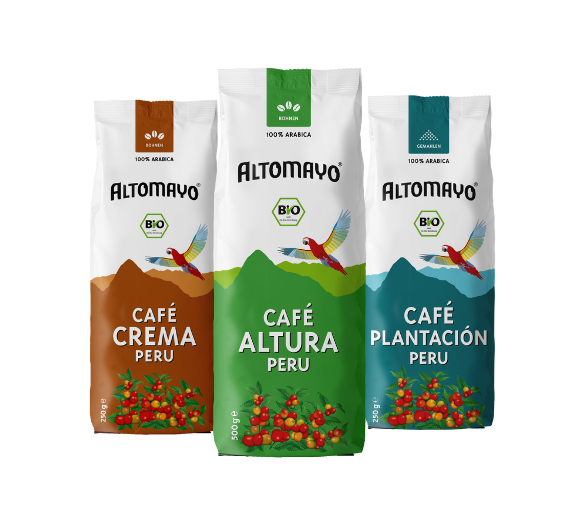
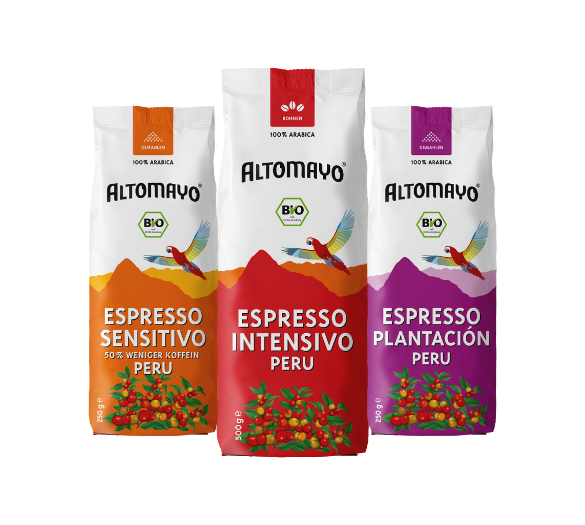
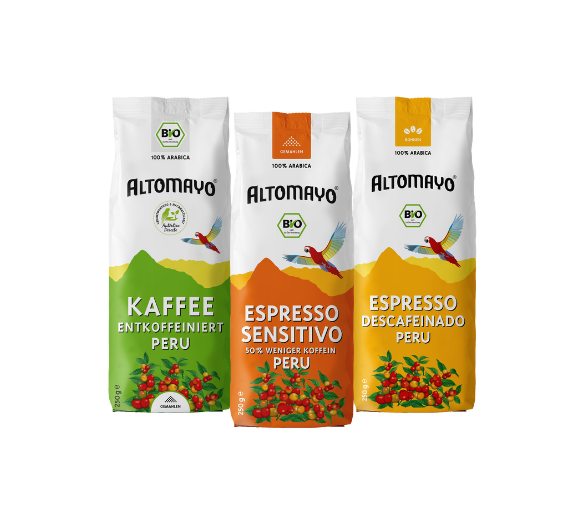
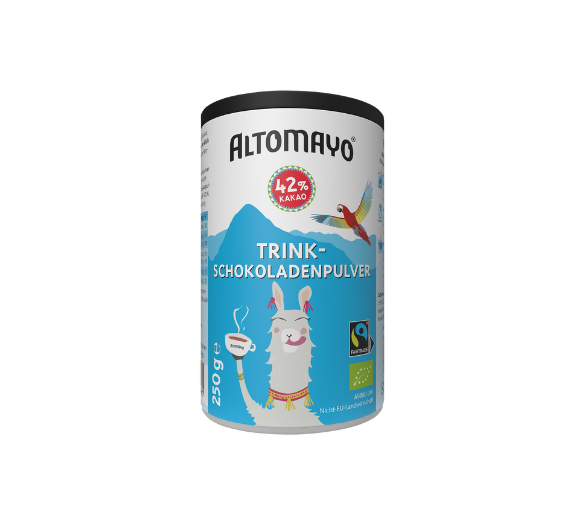
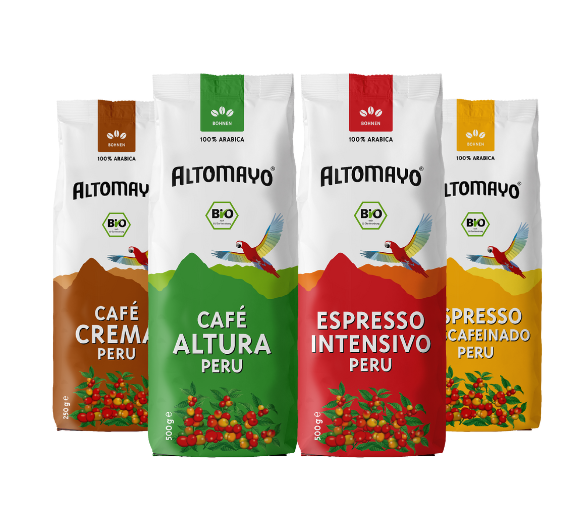
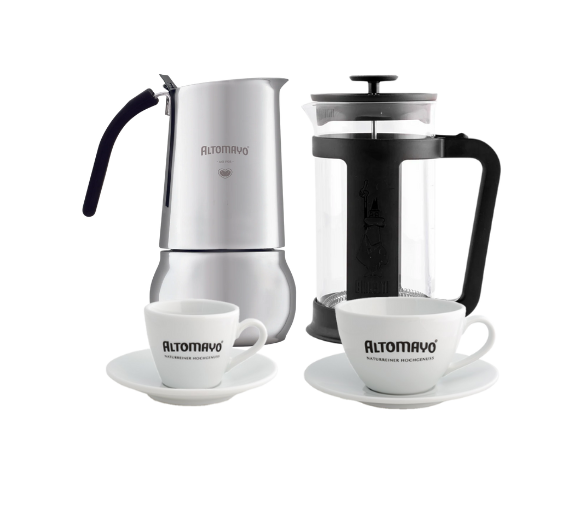
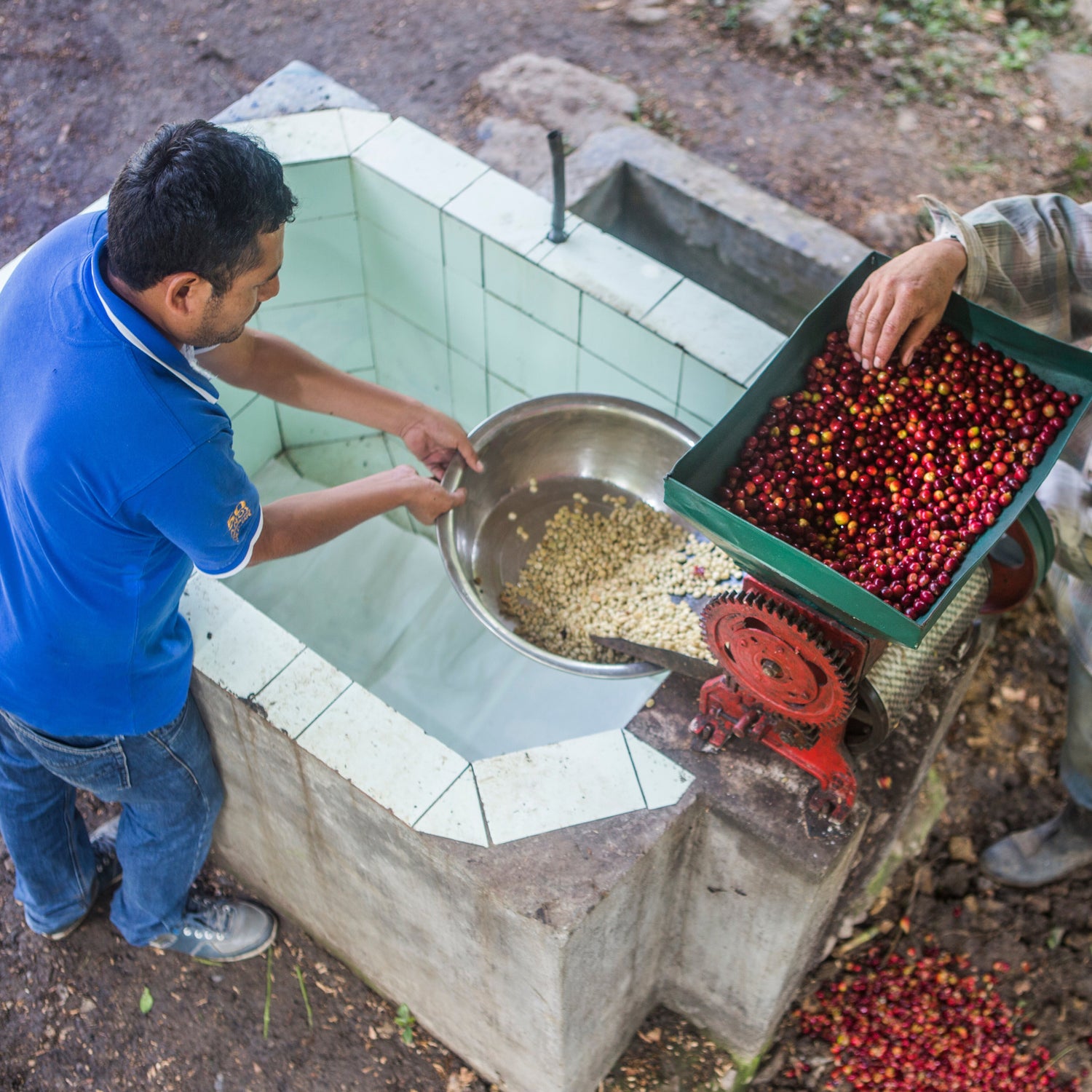
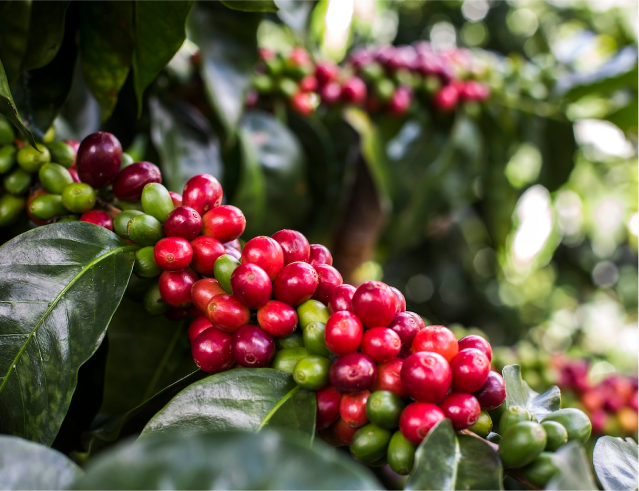
Leave a comment
All comments are moderated before being published.
This site is protected by hCaptcha and the hCaptcha Privacy Policy and Terms of Service apply.